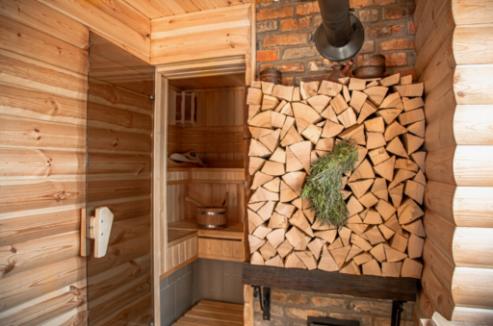Installing a chimney for a wood-burning sauna is a crucial step in ensuring proper ventilation and safety. There are important considerations to keep in mind when choosing materials and insulating the chimney. Understanding the ventilation requirements is essential to create a comfortable and efficient sauna experience. Consider these factors carefully to enjoy your wood-burning sauna to the fullest.

Materials for Wood-Burning Sauna Chimney Installation
When installing a chimney for a wood-burning sauna, it is important to use the right materials to ensure safety and efficiency. The materials you will need for the installation include a chimney pipe, chimney cap, chimney thimble, chimney flashing, and high-temperature silicone sealant. These materials are essential for properly venting the smoke and gases produced by the wood-burning sauna stove. Additionally, using high-quality materials will help prevent leaks and ensure that your sauna chimney operates effectively for many years to come.
Insulating the Chimney for Wood-Burning Saunas
Without proper insulation, heat can escape from the chimney, reducing the effectiveness of the sauna and potentially causing damage to the surrounding structure.
There are a few different options for insulating a chimney in a wood-burning sauna. One common method is to use a specialized chimney insulation material, such as ceramic fiber insulation. This type of insulation is designed to withstand high temperatures and is highly effective at preventing heat loss.
Another option is to use a combination of traditional insulation materials, such as mineral wool or fiberglass, along with a layer of heat-reflective foil. This can help to further reduce heat loss and improve the overall efficiency of the chimney.
Regardless of the insulation method chosen, it is important to ensure that the chimney is properly insulated from top to bottom. This includes insulating the chimney pipe as well as any exposed sections of the chimney inside the sauna. By taking the time to properly insulate the chimney, you can ensure that your wood-burning sauna operates efficiently and safely for years to come.
Ventilation Requirements for Wood-Burning Sauna Chimneys
When it comes to installing a wood-burning sauna chimney, proper ventilation is crucial to ensure the safety and efficiency of the system. Ventilation requirements for wood-burning sauna chimneys are essential for maintaining proper air flow and preventing the build-up of dangerous gases such as carbon monoxide. Proper ventilation helps to ensure that the sauna operates effectively and safely, providing a comfortable and enjoyable experience for users. Ventilation requirements may include the installation of vents or airflow systems to ensure that smoke and gases are properly vented out of the sauna. Adequate ventilation is key to maintaining a healthy and safe environment for sauna users.
